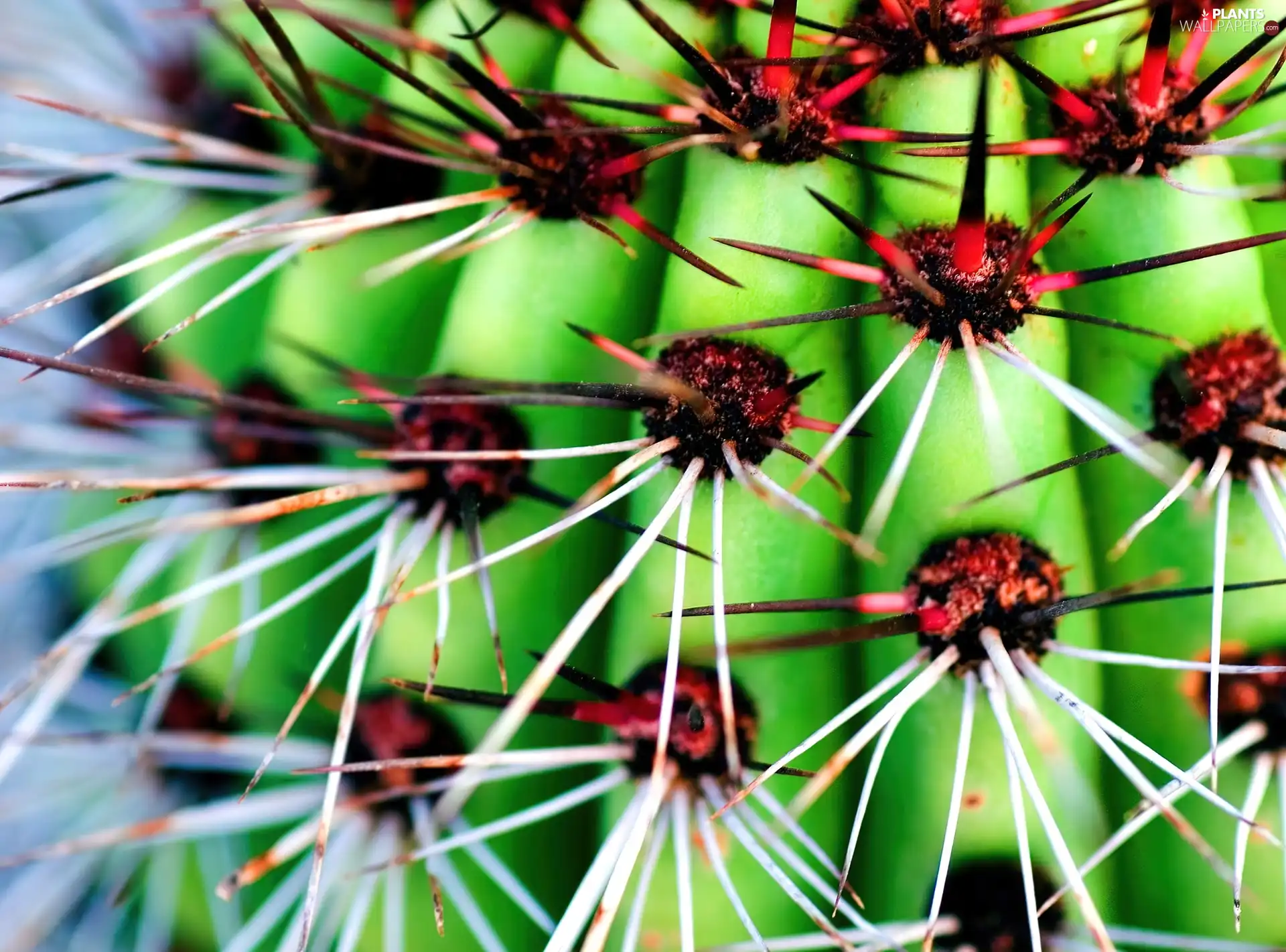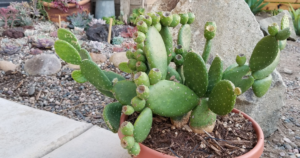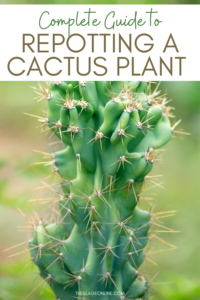Cacti, often emblematic of arid landscapes, are fascinating beings that epitomize resilience and beauty. Among their diverse array, the variants flaunting red spikes have garnered particular fascination. These vibrant protrusions not only add to the aesthetic allure of the plant but also serve various ecological functions. Understanding these spiky succulents can enrich both your gardening practices and your appreciation for nature’s artistry. Let’s delve into the captivating world of cacti adorned with red spines, focusing on their identification, ecological roles, and the nuanced care they require.
Identifying Cacti with Red Spines
The cactus family exhibits considerable diversity, encompassing a multitude of species, many of which exhibit vibrant spines. However, those boasting striking red spines present a unique visual spectacle. One prominent example is the Echinopsis genus, particularly the species Echinopsis chamaecereus, commonly known as the Peanut Cactus. This small cactus is characterized by its cylindrical shape and numerous red or orange spines that protrude from its surface like a vibrant crown.
Another notable variant is the Mammillaria genus, especially Mammillaria prolifera, commonly referred to as the “Cactus de Pera.” This species showcases not only a delightful green body but also clusters of red spines that pop against its surface, creating a stunning contrast. Such cacti can easily captivate the eye, but an intuitive understanding of their physical characteristics—such as growth form, spine coloration, and flowering patterns—is paramount for successful identification.
Cacti with red spines tend to thrive in regions with ample sunlight and can often be found in deserts or arid highlands. Their distinctive spines act as a deterrent against herbivores, while also providing some shade and reducing water loss via transpiration. It is essential to explore these adaptations when looking to identify cacti with red spikes, as they represent evolutionary marvels designed for survival in unforgiving environments. Those who appreciate their visual appeal quickly find themselves intrigued by the myriad adaptations that allow these spiky plants to flourish.
The Ecological Role of Red Spines
Beyond mere aesthetics, the red spikes of cacti serve significant ecological functions. They are not merely protective mechanisms; rather, they play multifaceted roles in the plants’ survival and broader environmental interactions. The spikes can deter herbivory; their sharpness makes them unpalatable and hazardous for herbivorous animals. In a sense, these cacti engage in a silent battle for survival aided by their visually arresting, yet formidable defenses.
In addition to deterrence, the coloration of red spines does not go unnoticed in the plant kingdom. Various studies suggest that brightly colored spines can attract particular types of pollinators, including specific bees and birds, enhancing the chances of cross-pollination and genetic diversity. This symbiotic relationship underscores the intricate web of life within desert ecosystems, showcasing how beauty and function are intricately intertwined. Late in the flowering season, Echinopsis and Mammillaria species bloom into breathtaking flowers, often as bright as their spines, further promoting floral intrigue.
Moreover, red-spined cacti contribute significantly to soil health through their interactions with surrounding flora and fauna. Their roots help stabilize the soil, preventing erosion, while their physical presence supports various microhabitats that house insects and other small organisms, enhancing biodiversity. An appreciation for the ecological roles of these plants enriches our understanding of desert ecosystems and underscores the importance of conservation.
Caring for Cacti with Red Spines
Owning cacti with red spikes comes with its own set of care guidelines. While these hardy plants can endure extreme conditions, they require specific cultivation practices to thrive in home environments. Understanding their unique needs can significantly enhance their growth and longevity, transforming your indoor or outdoor space into an enchanting display of nature.
Firstly, light exposure is crucial. Cacti with red spines flourish in bright, indirect sunlight. A south-facing window often provides the ideal conditions. However, care must be taken to avoid direct midday sun, which can scorch their delicate skin and diminish the vibrancy of the spines. Monitoring soil moisture is equally important. Overwatering is a common mistake; it is essential to allow the soil to dry completely between watering sessions. Consider employing a well-draining potting mix, which allows excess water to escape quickly and prevents root rot.
Fertilization can also enhance the vitality of these cacti. During the growing season—typically spring and summer—apply a diluted cactus fertilizer every four to six weeks. This practice promotes healthy growth and vibrant flowering, contributing to the plant’s overall aesthetic appeal. In winter, however, it is best to curtail fertilizer use and reduce watering, mimicking the natural dormancy patterns of these resilient plants.
Pest management is another aspect to consider. While cacti are relatively resistant to pests, mealybugs and scale can pose threats. Regular inspection and prompt action can prevent infestations. Neem oil or insecticidal soap can treat such pests effectively, ensuring your cactus remains healthy and visually striking.
In conclusion, cacti with red spikes represent a remarkable blend of beauty and ecological significance. By understanding their identification traits, ecological roles, and care requirements, one can cultivate a deeper appreciation for these unique plants. Beyond their aesthetic appeal, they remind us of the intricacies of nature and the importance of nurturing our botanical companions.





Leave a Comment